Mickey Mouse Park
Location: Burbank, California
Planned in: Between late 1930s and early 1950s
Theme: Small-town America in the early 20th century
Size: 8 acres
Lands: Town Square / Main Street, Western Village, Farm, Carnival
Attractions:
- Steam train
- Horse-drawn streetcar
- Stern-wheeler riverboat
- Horse-drawn surreys and buckboards
- Stagecoach
- Donkey pack train
- Carnival rides
- Canal boat ride
- Space ship replica
- Submarine ride
Mickey Mouse Park was designed to be a small, family-friendly park that would differ significantly from typical amusement parks of the era. Instead of concrete and high-speed roller coasters, it would offer grassy areas, picnic tables, water features and gentle rides that could be enjoyed by young and old guests alike.
The central area of the park would be a turn-of-the-century village that was clearly modelled on Marceline. This would be built around a village green, with a railroad station at one end and the Town Hall at the other. The village green would host benches, a bandstand, a drinking fountain, trees and shrubs. Walt described it as “a place for people to sit and rest; mothers and grandmothers can watch over small children at play.” It would be “relaxing, cool and inviting”.
The railroad station would not just be for show: instead, it would be the embarkation point for a journey on a working steam train on a narrow-gauge track that would circle much of the park. The Town Hall would double as an administration building – Walt described it as “the headquarters of the entire project”.
Located between the railroad station and Town Hall and surrounding the village green would be a fire station, a police station and a selection of shops. All of these would be put to practical use, rather than being simply for show. The fire station, for example, would contain “practical fire apparatus, scaled down”. At the police station, guests could report lost articles or lost children. Walt even suggested that it could contain a small jail that guests could look into: “We might even have some characters in it.”
The retail outlets would be representative of a typical American town in the early 20th century. They would include a drug store with a soda fountain, a toy store, a toy repair shop and “doll hospital”, a magic store, a hobby shop, a book store, a store for dollhouse furniture, a music store, a children’s clothing store and a functioning post office. A candy store would feature an attached factory to produce old-fashioned sweet goods, and Disney artists would be able to sell their works in another outlet.
An opera house would host a movie theatre, and could also be used for radio and television broadcasts. The main food outlets would be a colorful hot dog and ice cream stand and a restaurant with private rooms for birthday parties.
The entire village area would be attractively landscaped, with statues of Disney characters adding to the ambiance. A large section of the park would also be given over to a lake, with an island in the middle. Guests could enjoy views of the island from a stern-wheeler riverboat that would circle it.
A horse-drawn streetcar would carry guests from the main village to a second, smaller village – this time themed around a western settlement. This would host a general store selling cowboy items, a pony ring, a stagecoach ride, a donkey pack train and possibly a movie theatre showing westerns. A frontier museum was also considered, as well as a small settlement of Indian teepees.
From the Western Village, guests could board horse-drawn surreys and buckboards. These could carry them through an old-fashioned farm and to a carnival area. Perhaps surprisingly, given Walt’s dislike for traditional amusement parks, this would be populated by “roller coasters, merry-go-rounds...typical Midway stuff”, according to his memo to Dick Kelsey.
By March 1952, when Walt submitted his plans to the Burbank Parks and Recreation Board, the rides had become much more ambitious. They included a canal boat ride through a “Lilliputian Land”, a mock spaceship and a submarine ride. Other elements that appeared in various iterations of sketches of the park included a petting zoo, a haunted house overlooking the main village and a roller coaster-style ride that would race across a broken bridge.
Mickey Mouse Park was clearly influenced by a number of existing places and visitor attractions. The main village was inspired by Marceline, but also borrowed ideas from Greenfield Village (with its combination of old-style buildings, working steam train and riverboat ride). The Western Village, meanwhile, bore a strong resemblance to the replica Ghost Town at Knott’s Berry Farm.
Growing ambition
Two main factors led to the abandonment of the plans for Mickey Mouse Park. The first was opposition from Burbank city officials. The second was the growing ambition of Walt Disney himself.
The plans and sketches for Mickey Mouse Park were presented to the Burbank Parks and Recreation board in March 1952. They described a relatively modest park that would cost just $1.5 million to build, with Walt promising that it would not operate on a “full bore moneymaking scale”. The board approved the plans, but Burbank city council subsequently rejected them, with one councilman proclaiming: “We don’t want the carny atmosphere in Burbank! We don’t want people falling in the river, or merry-go-rounds squawking all day long.”
Walt suspected that studio insiders who were unhappy with the amusement park project may have influenced the councilman. However, by this stage, Burbank’s rejection was a mere sidenote. Walt had already decided that his ideas had outgrown the small site identified for Mickey Mouse Park. As early as May 1952 – four months prior to the council’s decision – he had confided to an RKO official that he had been “looking into the advisability of securing a plot of ground - something up to 200 acres - not that we would use this much for the project, but it would give us control of the surrounding area, which we feel is important.”
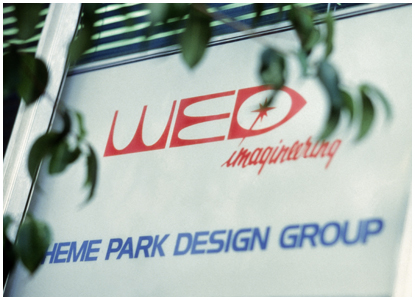
Roy Disney continued to be wary of the amusement park, which by now had come to be known by the new name of “Disneyland”. He refused to invest significant amounts of the studio’s money in the project, insisting that Walt should fund it personally. In 1951, he suggested that Walt set up a separate company to license his name for use by the studio, primarily as a means of protecting the long-term interests of the studio and Walt’s family. In December 1952, Walt did exactly that, forming Walt Disney Incorporated, later renamed to WED Enterprises to avoid conflicting with the name of the studio itself. The company would not be a mere vehicle for licensing Walt’s name, however. He intended to use it to design Disneyland, and immediately began recruiting the likes of Harper Goff and art directors Dick Irvine and Marvin Davis to make his dream a reality.
Walt hired architects William Pereira and Charles Luckman to draw up plans for the park, but swiftly decided to break off the engagement. WED would design Disneyland alone. It did seek help, however, from the Stanford Research Institute, which it commissioned to identify a suitable site for the park in September 1953. After an exhaustive search led by Harrison “Buzz” Price, SRI settled on then-rural Anaheim, California, and Walt acquired a 160-acre parcel of land in the area.
Walt had now a site on which to locate his park, but he still needed money to fund its construction. Once again, he turned to Roy to help finance his plans. In September 1953, Roy flew to New York to try and persuade investors to back the project. To aid his brother in this quest, Walt collared artist Herb Ryman, and the pair spent a weekend at the Disney studios putting together a sketch of the park. This would prove to be remarkably close to the final product, featuring an entrance onto a Main Street and series of themed lands arrayed around a central hub.
The prospectus that Roy carried with him to New York billed Disneyland as “something of a fair, an exhibition, a playground, a community center, a museum of living facts, and a showplace of beauty and magic.” It worked. Roy struck a deal with Leonard Goldeson of the American Broadcasting Company (ABC), with Disney agreeing to produce a one-hour television series for the network in exchange for ABC taking a 35% stake in the park.

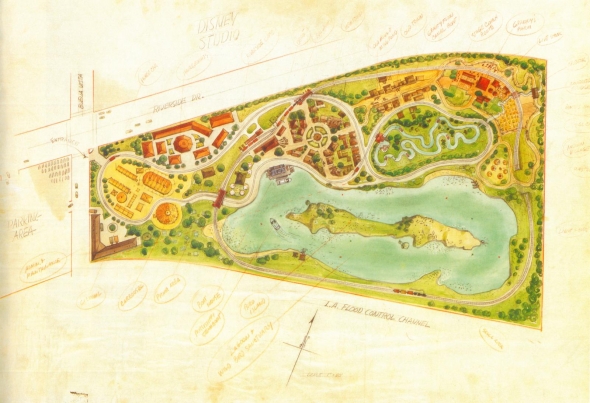
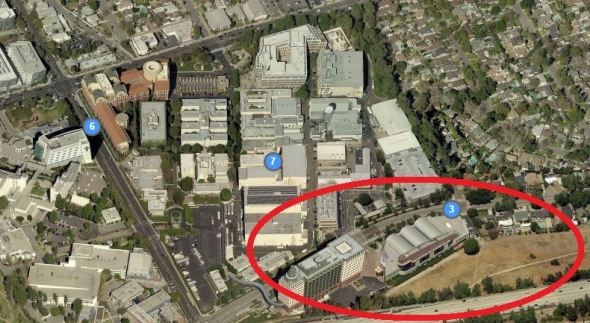
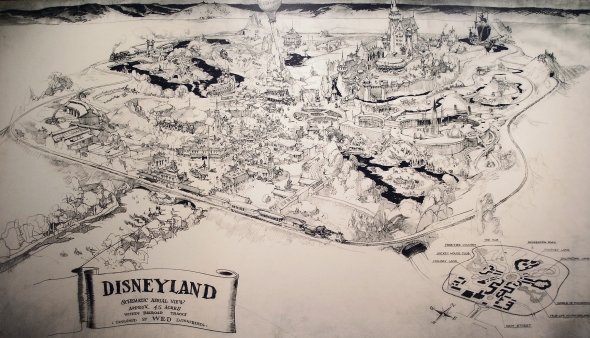
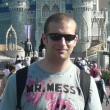
Comments
Great bit of history!
Did you also know that there was a ski resort that Walt had invested in and was considering becoming a Disney destination ski resort? It is in the High Sierras. Near the town of Truckee California. It is called Sugar Bowl. It has Mount Disney and two lifts one called the Disney Express! It is also where he got his inspiration for "The Art of Skiing" with our Friend Goofy.
Actually, there were two possible ski resorts: Mineral King, south of Sequoia National Park, and Independence Lake, near Truckee. Disney helped design the Winter Olympics venue in Squaw Valley, California in 1960 and the other two projects followed.